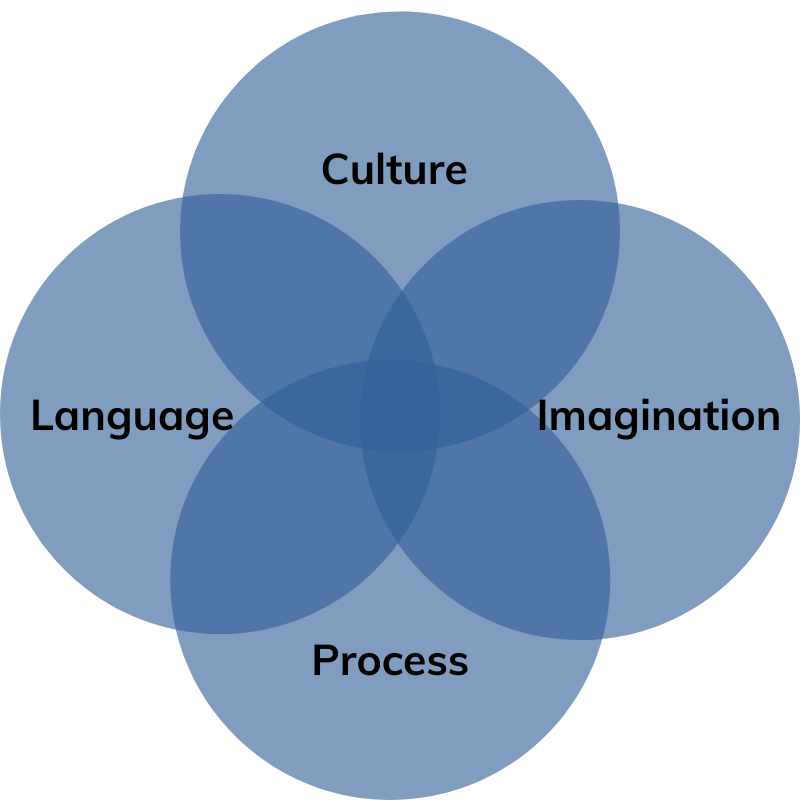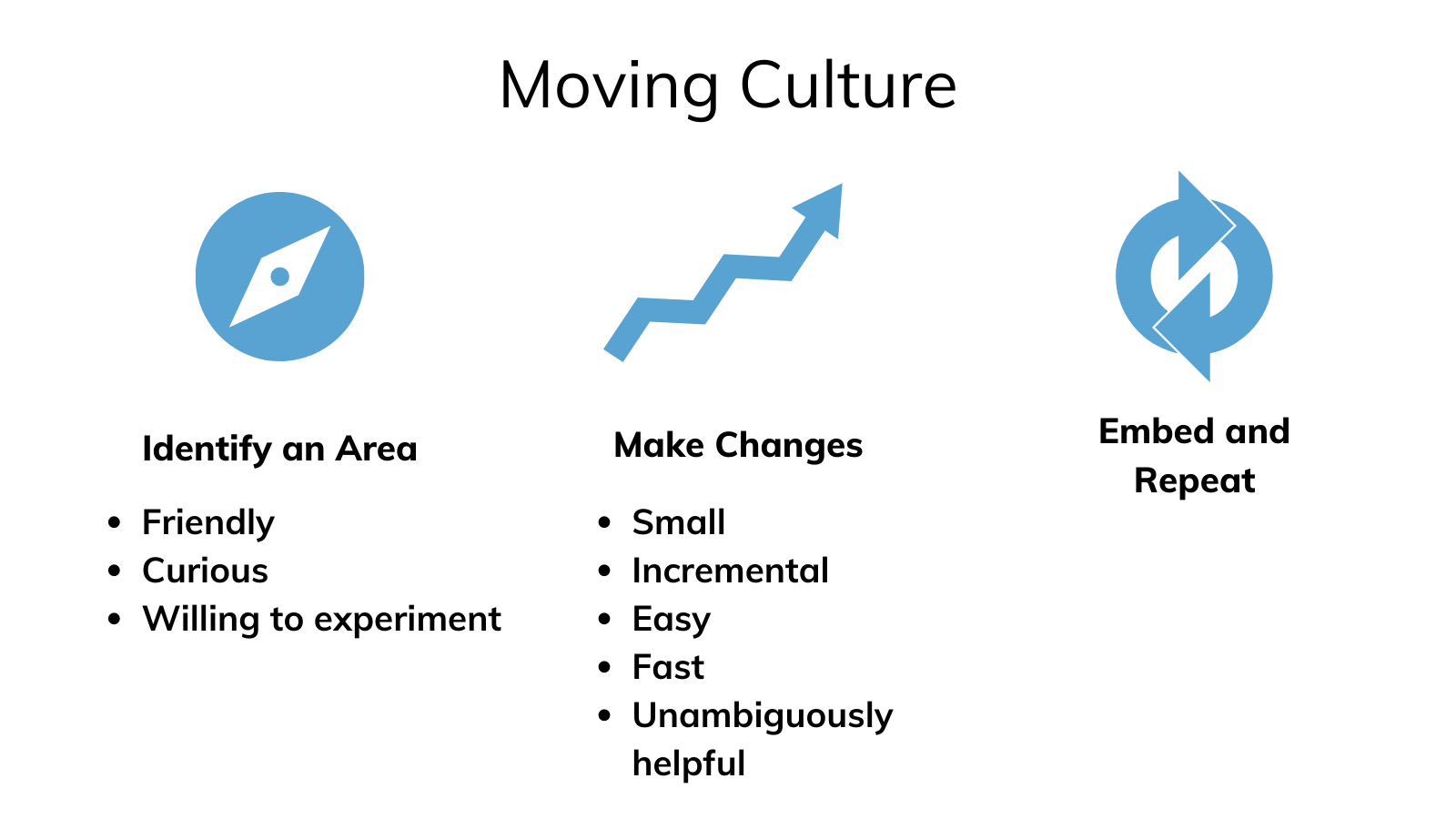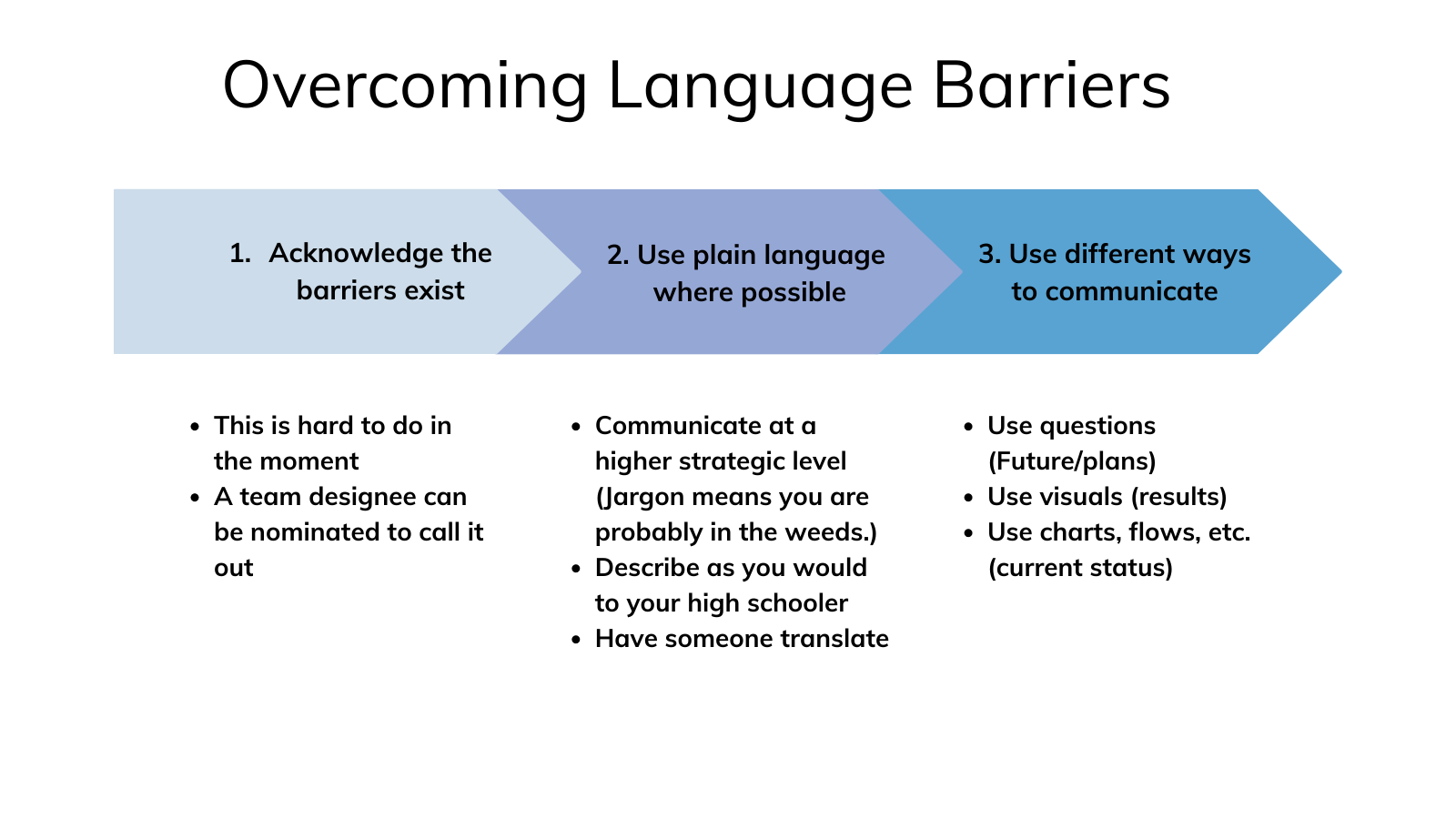For some time, Eliassen Group and EG Life Sciences have been working together to tackle the challenges faced by pharmaceutical companies as they innovate to keep up with a rapidly changing landscape. As part of that, we have invited members of the pharmaceutical industry and Agile experts to lean coffees that discuss ways to bring Agile and biopharma together to speed up delivery, unlock operational excellence, and improve lives.
These Lean Coffees led Eliassen Group and EG Life Sciences to the 20th Annual Bio-IT World Conference & Expo, where they sponsored a talk by Dr. Terry Barnhart, a Clinical Trials and Lean R&D subject matter expert at Novartis. His talk, "Digital Pharma and the Innovation Swamp," clearly distilled the problems that the pharmaceutical industry faces regarding how different innovation sectors communicate – and he demonstrated how Agile practices can help bridge these communication barriers, build teams and projects that work well together, accelerate transformations, and deliver the promise of the digital pharma space.
If you weren't able to attend the Bio-IT World Conference, we've provided some of his best observations and advice that you can act on within your own organizations.
The Four Barriers Within the "Innovation Swamp"
First, Barnhart defined the barriers that send even the most well-intentioned of teams straight to the "innovation swamp." These four overlapping barriers always involve culture, imagination, language, and process, then he shared the best ways for teams to navigate around these barriers.

- Culture: Organizations that resist transformation with statements such as "That's not how we've done it in the past."
- Imagination: Teams like IT and biologists who are so siloed that they do not realize the potential of joining forces.
- Language: Individuals who are brilliant within their own specialties but who have trouble explaining what they do or processing what others do.
- Process: The realization that many processes that seem different are actually the same and could be improved with the implementation of Agile or Lean.
Changing the Culture
Once teams know what they are up against, it is easier to find a way out, but first teams need to get on the same page. Barnhart shared an example from his last position in a culture with high turnover and high burnout. To improve these situations, the company applied processes that involve identifying an area in which people are open to improvement; making small, incremental and quick changes, and then repeating that process until turnover dropped and engagement scores rose. He said the process "looks an awful lot like a backlog, which is the culture, and a whole lot of sprints to get there. We get a backlog, we develop our sprints, we run them ... so all we're doing is using Agile in the end."

Using Your Imagination
While cultural change seems straightforward, these changes need to happen at both the tactical and strategic levels, and that requires stepping back, especially in the pharma realm. As Barnhart notes, "If you can find an area that isn't going to cost you billions and you start pioneering in that area, that's great. But you still have to bring the regulators along." That can be a challenge that requires imagination to tackle, but it's hard to access imagination when teams are functionally siloed.
To bridge that problem, Barnhart recommends bringing different teams together on projects. A hackathon is a good example: "What we've got to do somehow is get our scientists, get our sales people, get our HR people, get our project managers in a room together and start getting that cross-fertilization."

Speaking the Same Language
If you were to set up a hackathon that brings scientists, sales people, HR people, and project managers in a room together, the overlapping barrier of language may enter the picture. People spend so much time learning the language of their own fields that they may have trouble understanding other languages. When faced with that difficulty, they may reject what a representative of another field is saying.
Barnhart recommends focusing on plain language and concepts rather than relying on jargon. He says that salespeople are especially good at this type of communication: "They'll bring it up at a strategic level, and if that's not working, they'll bring it up another strategic level. Because what they're trying to do is get the concept across, because people will dive into the details as needed."

How to Get Started
Once you have aligned your culture, encouraged team members to use their imaginations, and work to speak the same language, the process seems easy, especially if you know Agile methodology and asking the right questions. Barnhart provides some sample questions: "What is the backlog? How small can we make these tests, how fast to make them indicative, and how fast can we cycle? If you can do that, that's all the process you need."
Barnhart concluded his talk with one last piece of advice that can truly help you escape the swamp – and that's finding the right person who is willing to work with you in this way. That's someone who understands the culture, imagination, language, and process barriers and who can help you overcome them. These people may not even be within your same field, but as Barnhart points out, "There's no downside to having digital-savvy people within your pharma company; there's no downside to having pharma-savvy people in your digital company."
Barnhart's talk at the Bio-IT World Conference & Expo is only the beginning. Eliassen Group and EG Life Sciences are always looking for ways to encourage operational excellence within the pharmaceutical industry, from hosting Lean Coffees that discuss the intersection between Agile and biopharma to considering the role of automation on continuous compliance. If you would like to get involved or see how Eliassen Group can help you enter this exciting, growing space, consider joining one of our Lean Coffees.
